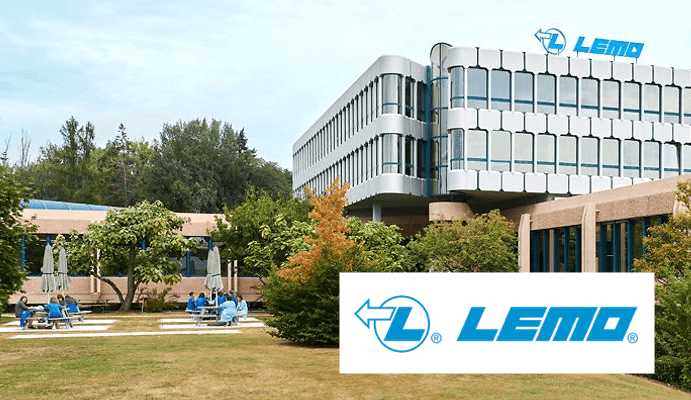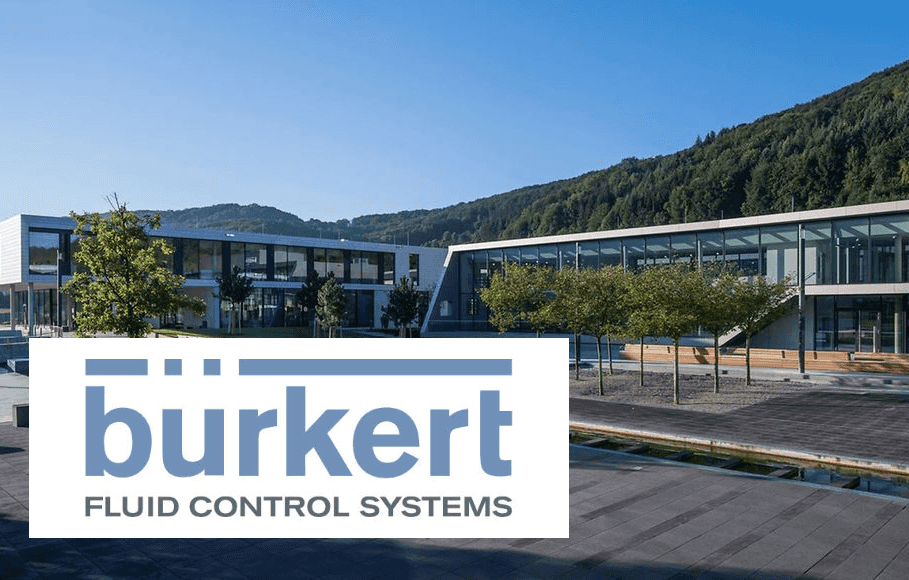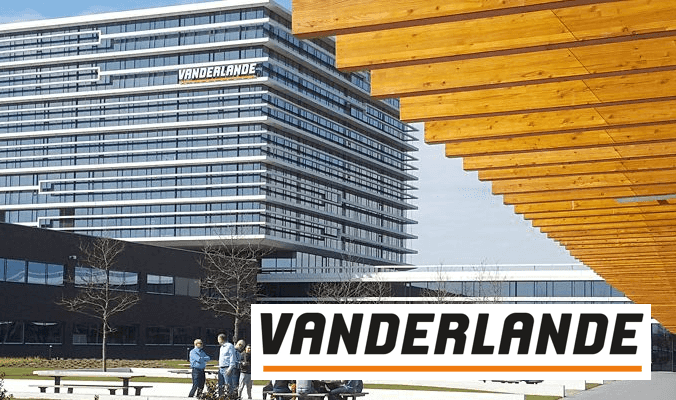customerstrusting inour solutions
Flexibility in every respect
Connected Packaging: Tomorrow's Blister Packs and Pouches
Growth, new locations, and increasing demands for digitalization and sustainability presented Constantia Flexibles with the task of rethinking its global network. Different providers and limited flexibility were hampering efficiency and innovation. Together with Deutsche Telekom and HPE Aruba as technology provider, a modern SD-WAN solution was created, which now forms the basis for stable, secure, and highly available connections across almost 40 locations worldwide.

No more cable clutter
Faster and more flexible TV production with a private 5G campus network
RTL is the first media company in Germany to use its own standalone 5G network for its production studios, making TV production significantly more flexible. The uniform communications infrastructure ensures extremely low latency and high uplink bandwidths, allowing camera crews and production teams to work flexibly and without annoying cables – without any loss of time or installation stress.

Unlocking the power of secure virtual collaboration
Zoom X for the City of Stockholm
The City of Stockholm was looking for a new collaboration solution that ensured GDPR compliance, data localization and identity protection. With Zoom X powered by Deutsche Telekom they can now collaborate effectively while fully meeting strict requirements for privacy, security and effective collaboration in a regulated environment, making the City of Stockholm a trailblazer in the use of Zoom X within the public sector.

Where connectivity matters
Global SD-WAN for LEMO
Modernizing its IT infrastructure with a new cloud-based ERP solution, LEMO realized that their existing WAN infrastructure wouldn’t be up for the task as network foundation for the new Oracle system. Based on technology from HPE Aruba, Deutsche Telekom implemented an SD-WAN solution which connects 27 company sites in 17 countries in a secure and performant manner, providing a broad range of benefits such as simplified network operations and traffic transparency.

Open valves for fast data flow
Global SD-WAN modernization at Bürkert Fluid Control Systems
Data congestion in the global corporate network: Far-flung locations of Bürkert Fluid Control Systems sometimes had to contend with latencies. Deutsche Telekom modernized the data network of the fluidics specialist with new lines and an SD-WAN overlay. This not only helped the customer to reduce the costs for their new network by 10%, but also enabled them to tackle further innovative solutions such as cloud services.

Getting global connectivity sorted
Worldwide SD-WAN for Vanderlande
To enable the digital transformation, Vanderlande decided to move from its existing MPLS- and VPN-based WAN infrastructure to a future-proof SD-WAN solution provided by Deutsche Telekom. The new network solution which spans 50 of their sites worldwide does not only save up to 25% bandwidth, but also enables deployment and installation of sites within days and provides real-time visibility into their networks and applications.

A recipe for transformation
Telekom SD-WAN for Asahi Europe & International
With breweries active in eight different countries, complexity had grown exponentially. That's why Asahi Europe & International (AEI), a leading global brewery group with an extensive footprint across Europe, decided to initiate an end-to-end digital transformation that would encompass everything from infrastructure and applications to analytical capabilities. Learn about the gains AEI is enjoying ‒ such as increased network transparency or considerable cost savings ‒ thanks to a VMware-based SD-WAN solution Deutsche Telekom rolled out across more than 200 of the brewery's sites.

We are not allowed to display this content due to your cookie settings. Please activate services from other companies in your settings
When you view the video, data is collected (IP address, time of visit, device and browser information), transmitted to Google and then processed by Google. This is done regardless of whether whether you are logged into your Google account or not. If you are logged into your Google account, this data is directly assigned to your account. If you do not want this association with your profile at Google, you must log out before calling up embedded YouTube videos. Google stores this data as usage profiles and uses it for the purposes of advertising, market research, and/or the needs-based design of its websites. You can find more details about YouTube's cookie use in Google's Cookie Policy
get in touchwith our experts


We are ready to develop custom-designed, end-to-end connectivity and communications solutions that will help your business. Find out how we can support and grow your business today.